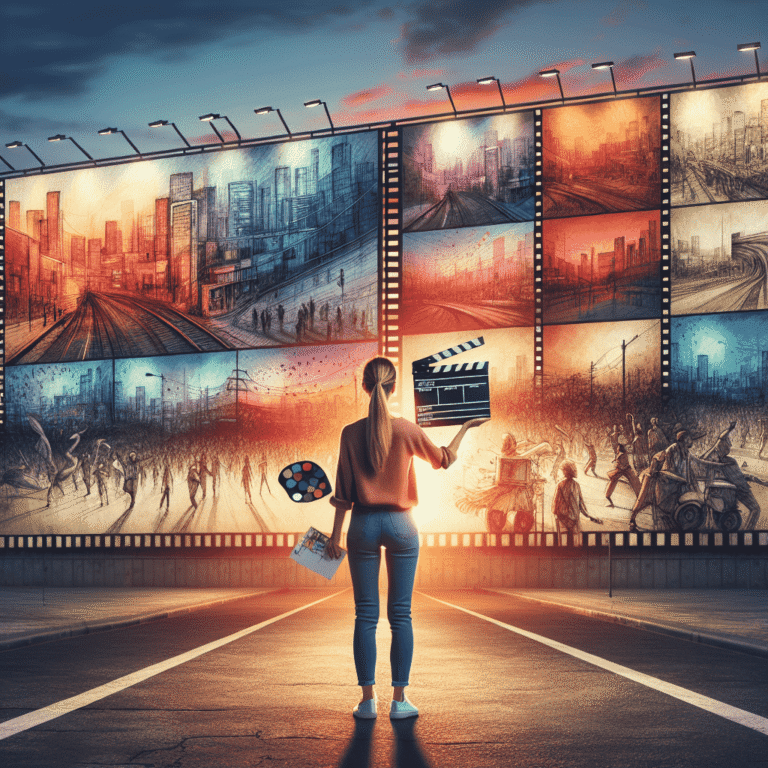Google has introduced Veo 3, its latest Artificial Intelligence-powered video generation tool, during its annual developer conference. Developed by DeepMind, Veo 3 stands out with its ability to create high-quality videos that not only showcase impressive visuals but also incorporate natural-sounding dialogues, voice-overs, and layered sound effects—all based on detailed text prompts. The innovation signifies a step forward from earlier Artificial Intelligence video generators and poses strong competition to similar products like OpenAI´s Sora, distinguished by its seamless integration of audio with moving images.
With Veo 3, users can enrich Artificial Intelligence-generated videos with ambient noise, background music, and accurate lip-syncing, leading to productions that closely mimic real-world physics and cinematic aesthetics. Eli Collins, Product Vice President at Google DeepMind, highlighted Veo 3´s strengths, citing its proficiency in everything from interpreting text and image descriptions to delivering compelling, lifelike visuals and soundscapes. Social media users have quickly adopted the tool to create diverse content: from personalized film characters to viral animated shorts, demonstrating Veo 3´s accessibility and creative power.
Amplifying these capabilities, Google has also launched Flow, an Artificial Intelligence-driven filmmaking application designed to work with Veo 3. Flow enables creators to precisely control camera angles, transitions, and shot extensions, granting the finesse of professional-grade filmmaking to anyone using the tool. Early access for select creators has provided valuable feedback, shaping the product’s features to suit professional workflows and allowing innovators to produce short films complete with Artificial Intelligence-generated dialogue, music, and dynamic scenes.
The public´s reaction to these advancements in Artificial Intelligence video technology has been mixed. While many users praise the rapid progression of tools like Veo 3 and Flow for democratizing cinematic storytelling and slashing the traditional time and cost of production, others express concern regarding the increasing realism of Artificial Intelligence-generated media. Critics warn about the potential for synthetic media to blur the lines between fact and fiction, facilitating deepfakes and disinformation. Despite these ethical considerations, industry professionals see transformative potential in marketing, advertising, and digital storytelling, where tasks that once took weeks and large budgets can now be accomplished in days or less, fundamentally reshaping the landscape of content creation.

